SIGG在2008年8月之前生產的水壺使用含有雙酚A(BPA)的塗料
我也有買,不知喝進多少BPA了... ...
轉載自http://ecogoodies.blogspot.com/2009/08/sigg-abpa.html
【消費新聞】SIGG時尚"環保"水壺,證實含有雙酚A(BPA)成分
這兩天令全世界重要綠色消費媒體最為震驚的新聞,莫過於世界知名的鋁鎂合金水壺SIGG,首度公開證實該公司在2008年8月前所生產的水壺,全部都使用雙酚A(BPA)作為水壺內襯塗料的成份之一。
這個向來宣稱安全無毒、且絕不含雙酚A的瑞士名牌水壺,在數日前由該公司的總裁 Steve Wasik在官網以親筆信的方式說:「SIGG bottles manufactured prior to August 2008 have the former water-based epoxy liner which contains trace amounts of BPA. SIGG在2008年8月之前生產的水壺使用含有雙酚A的塗料。」,正式公告了這個令人錯愕且震驚的消息,也引發了世界諸多綠色消費媒體的大加撻伐。
根據SIGG總裁此次所發表的公開信內容,該公司在2008年8月之前一直都使用BPA作為內襯塗料的成分,不過雖然含有BPA成分,但經過內部反覆安全"檢測"結果,這些使用BPA原料製造的水壺並不會"溶出"BPA,所以目前為止,該公司仍舊堅持,使用雙酚A製造的水壺是十分安全,所此自然也沒有任何回收的計畫。
對照SIGG總裁在今(2009)年1月份對所有消費者所發表的公開信內容,提到SIGG所採用的都是100%安全的食品級塗料,...SIGG水壺決不含有雙酚A(BPA)等說法,確實讓人覺得錯愕。
事實上,SIGG從2006年才開始著手研發不使用BPA的內襯塗料,經過兩年的研發測試,直到2008年八月以後才開始生產"真正"不含BPA的產品。目前,SIGG為繼續捍衛其品牌形象,甚至還在其官網圖解說明水壺是否使用BPA的差異:左邊米黃色的內襯是2008年8月之後生產不含BPA;右邊銅色的內襯則是2008年8月之前生產使用BPA的。而這個解釋是否能說服所有的消費大眾,就留給大家日後來公斷了!

不過看完後實在不禁讓人懷疑,含不含有BPA既然一樣安全,SIGG又為何需要新研發出真正不含"不含BPA"的水壺?"不含BPA"與"不溶出BPA",兩者的差異是相當清楚且顯而易懂的,SIGG這種不具誠意的硬坳作為,恐怕重創的不只是喜歡該品牌的綠活消費者,更是該品牌長久以來的商譽與形象。上圖原公佈於SIGG官網,目前因不明原因遭到移除,所以我們引用了Treehugger所存檔的照片。
參考資料:SIGG的總裁日前於SIGG官網所發表的資訊(目前已被移除)
A Letter From Our CEO August 2009
Dear SIGG Customer,
(STAMFORD CT) – Within the scientific community, the safety of the packaging ingredient bisphenol A (BPA) remains the subject of considerable debate and controversy as evidenced by the FDA meetings on the topic this month. For decades, BPA has been the industry standard for protective coatings – approved by food and health regulators around the world. One year ago, Andrew von Eschenbach, the Commissioner of the FDA, announced that, “The science we have reviewed does not justify recommending that anyone discontinue using products containing BPA.” At that time, SIGG Switzerland, the world leader in premium reusable bottles, had already made the transition into bottles that are BPA free.
Within the reusable bottle water category, polycarbonate plastic bottles (#7) came under scrutiny in early 2008 because they were found to leach BPA. As a result, many consumers turned to metal bottles (aluminum and stainless steel) because these bottles had no issues with BPA migration. Prior to its transition, SIGG utilized a water-based epoxy liner which contained a trace amount of BPA. The bottles were thoroughly and regularly tested in both the USA and Switzerland and all tests revealed absolutely no migration or leaching of BPA or any other substance from the protective inner liner. These tests have been public information on the SIGG website for several years and remain there today.
Despite the fact that these bottles were manufactured well within strict international regulations and posed no health risk, my team and I initiated a project in June 2006 to develop a new liner which would be both BPA free and produced in a more environmentally friendly manner. We recognized early that there were questions surrounding BPA and we wanted to be sure that we had a bottle liner that you, our customers, could have absolute confidence in.
After two years of comprehensive testing and development and a one million dollar investment in new equipment for our Swiss factory, SIGG began producing bottles with our new, next generation “EcoCare” liner in August 2008. Providing the same quality and protection afforded by the previous liner, this new powder-based, co-polyester coating has been thoroughly tested and is certified to be 100% free of BPA, phthalates, BADGE, BFDGE, and NOGE. It is also environmentally friendly as its application generates virtually no waste and utilizes no organic solvents or VOCs. Our new bottle liner is not only a technological advance; it’s a major step forward in SIGG’s journey towards sustainability.
To be clear, all SIGG bottles made since August 2008 contain our new BPA free EcoCare liner. SIGG bottles manufactured prior to August 2008 have the former water-based epoxy liner which contains trace amounts of BPA. These bottles have been thoroughly tested and showed 0% leaching of BPA. It is easy to determine which liner you have, as they are of 2 distinctly different colors. Visit www.MySIGG.com/liner to see photos comparing the two.
The primary reason that I am writing this letter today is because I believe that the BPA conversation has changed dramatically in the last 12 months. Last year, the primary concern was that of BPA leaching from bottles. Since that time the dialogue has evolved such that now some people are concerned about the mere presence of B
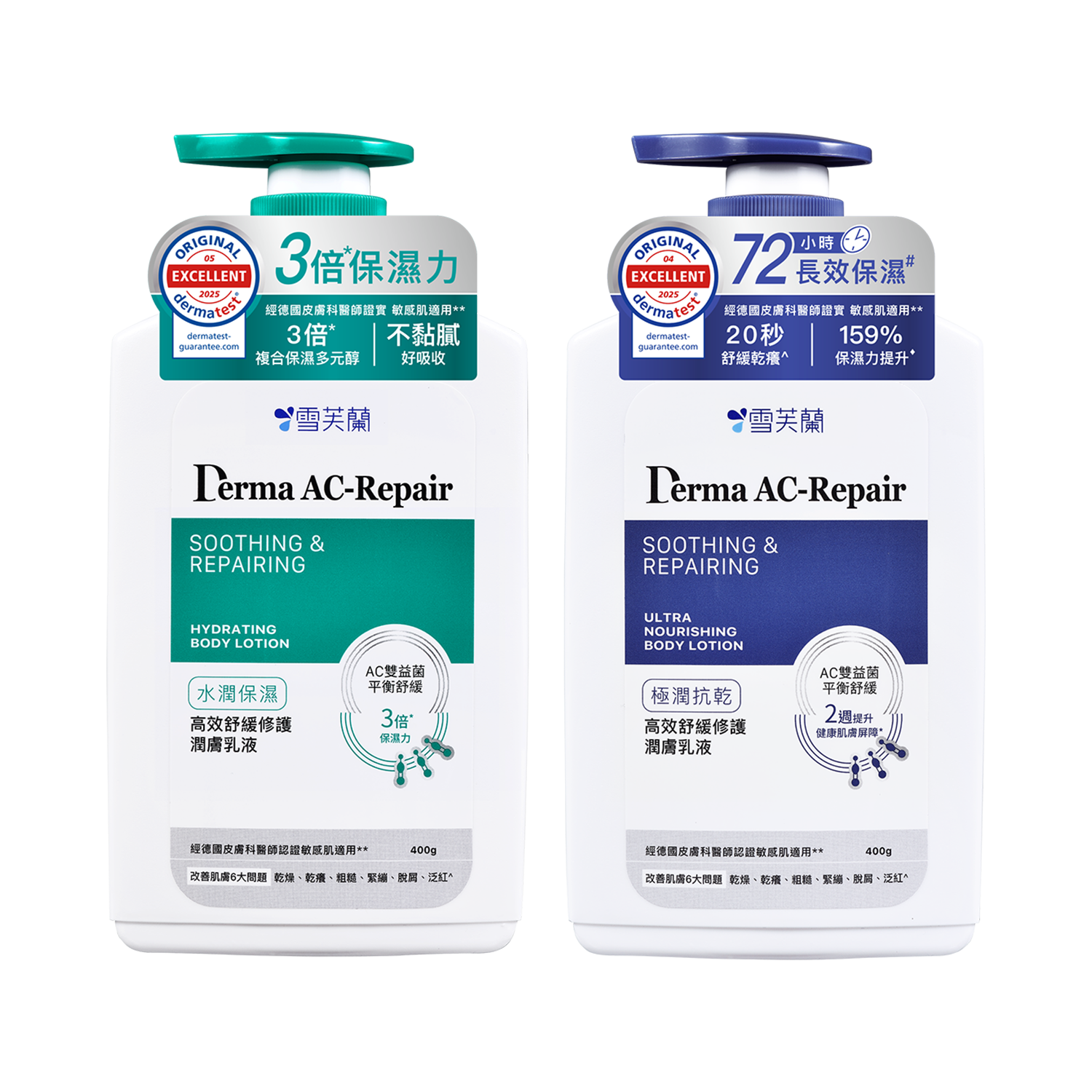
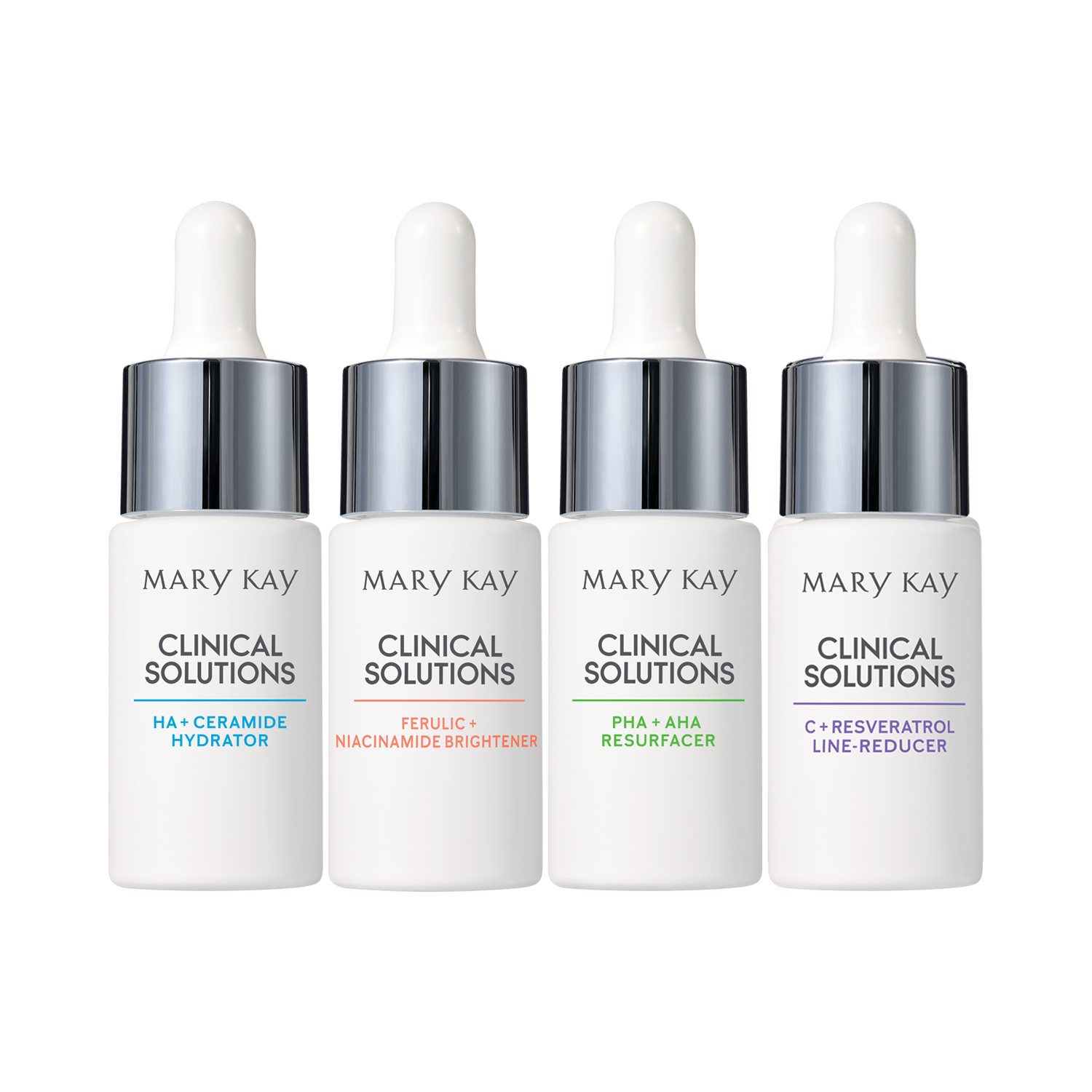
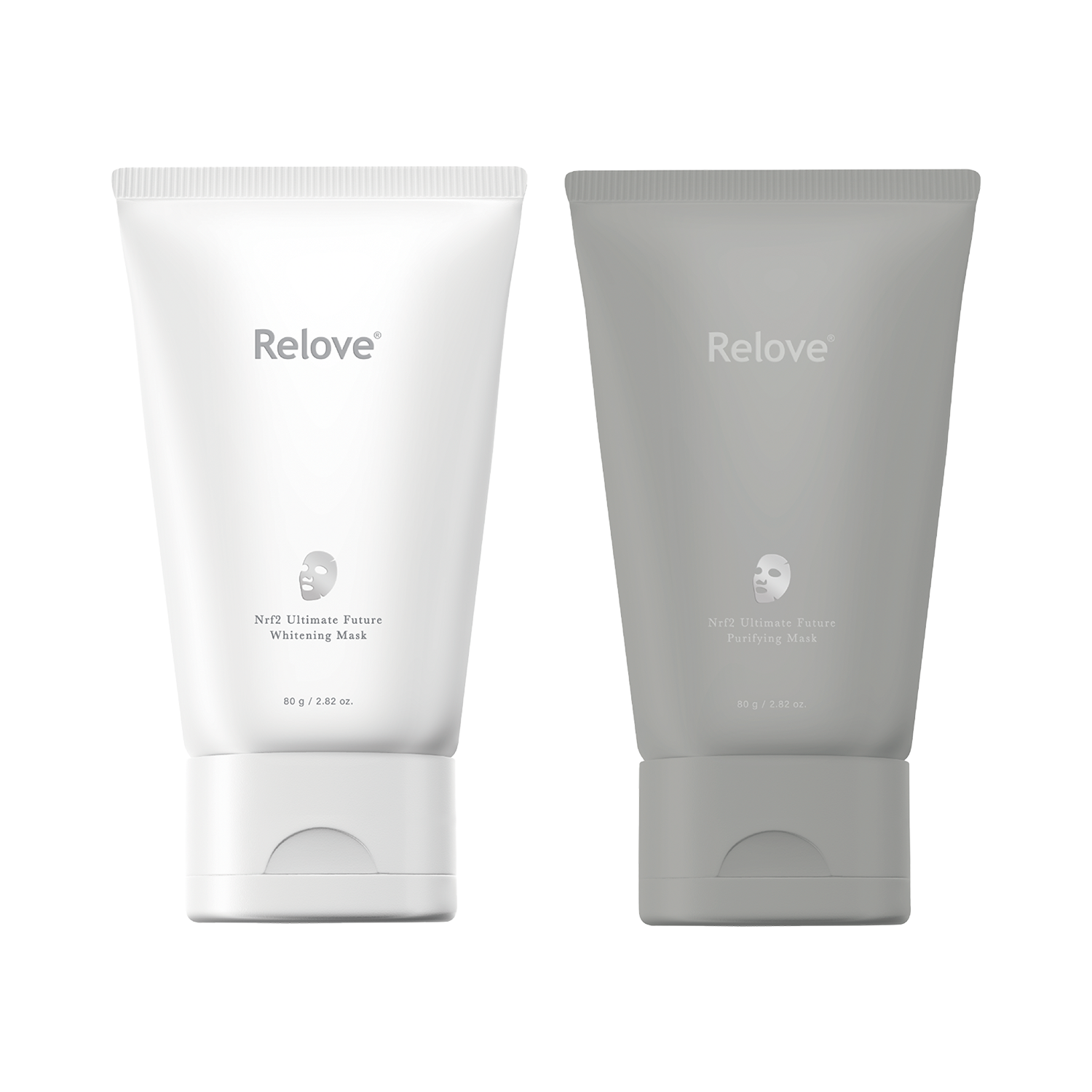
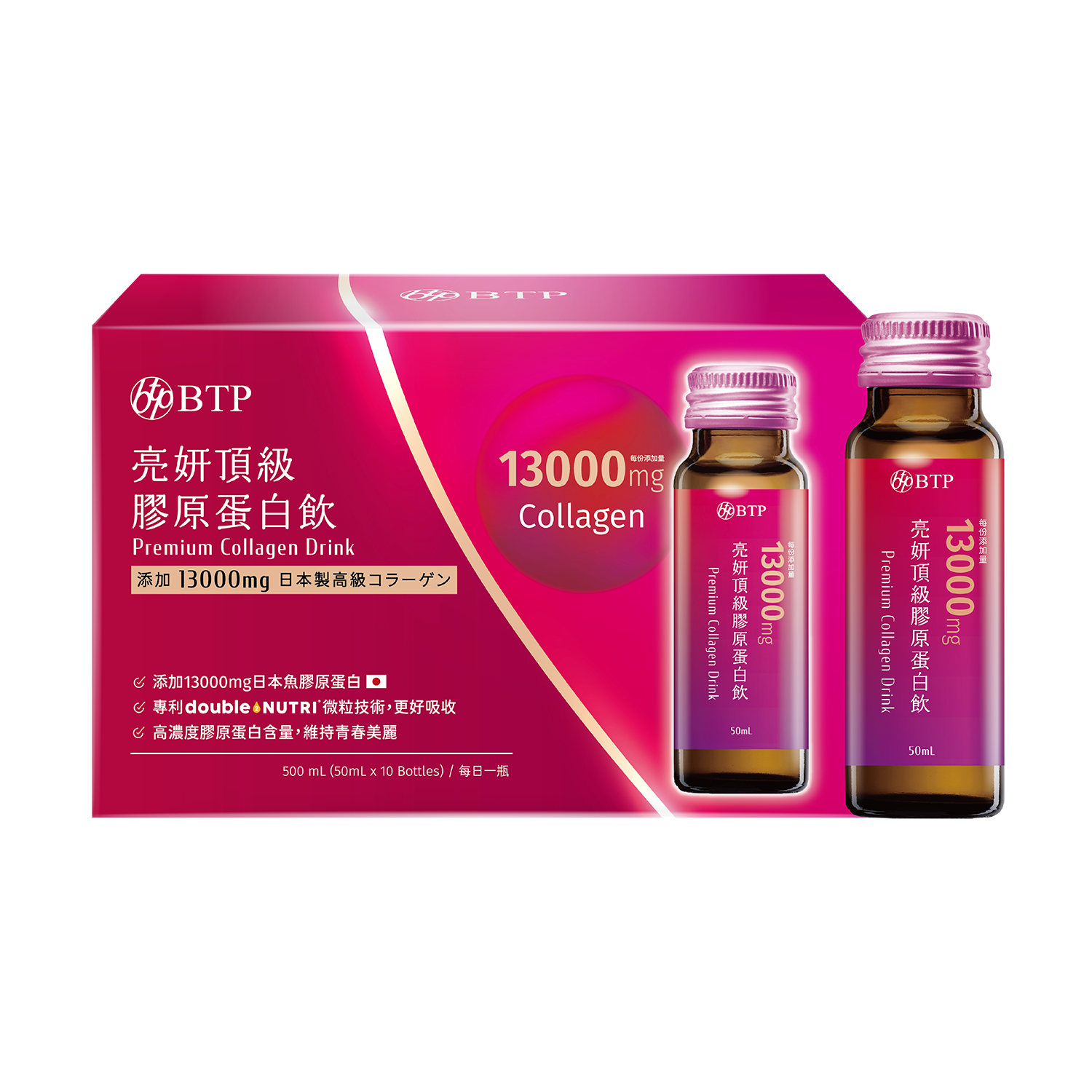
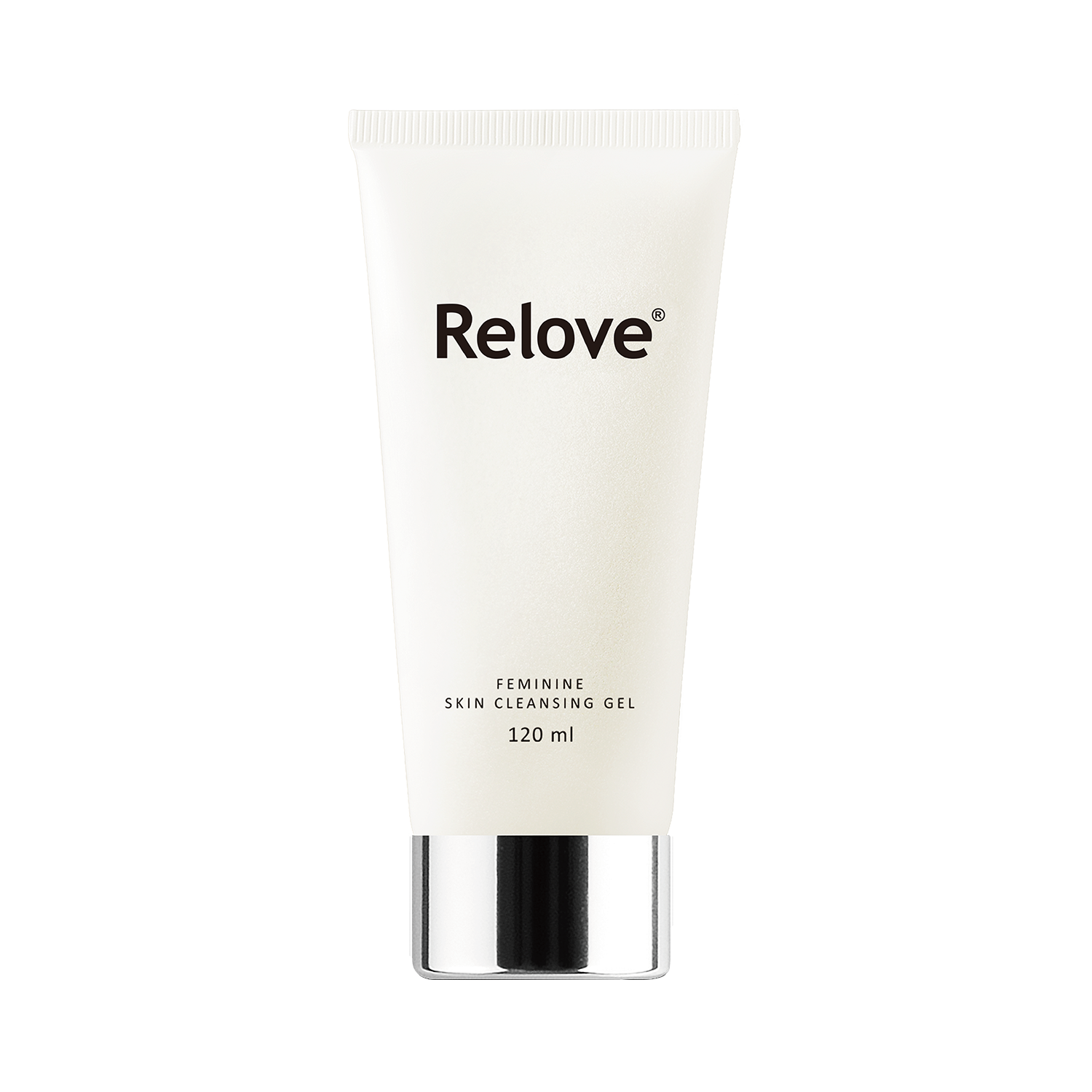
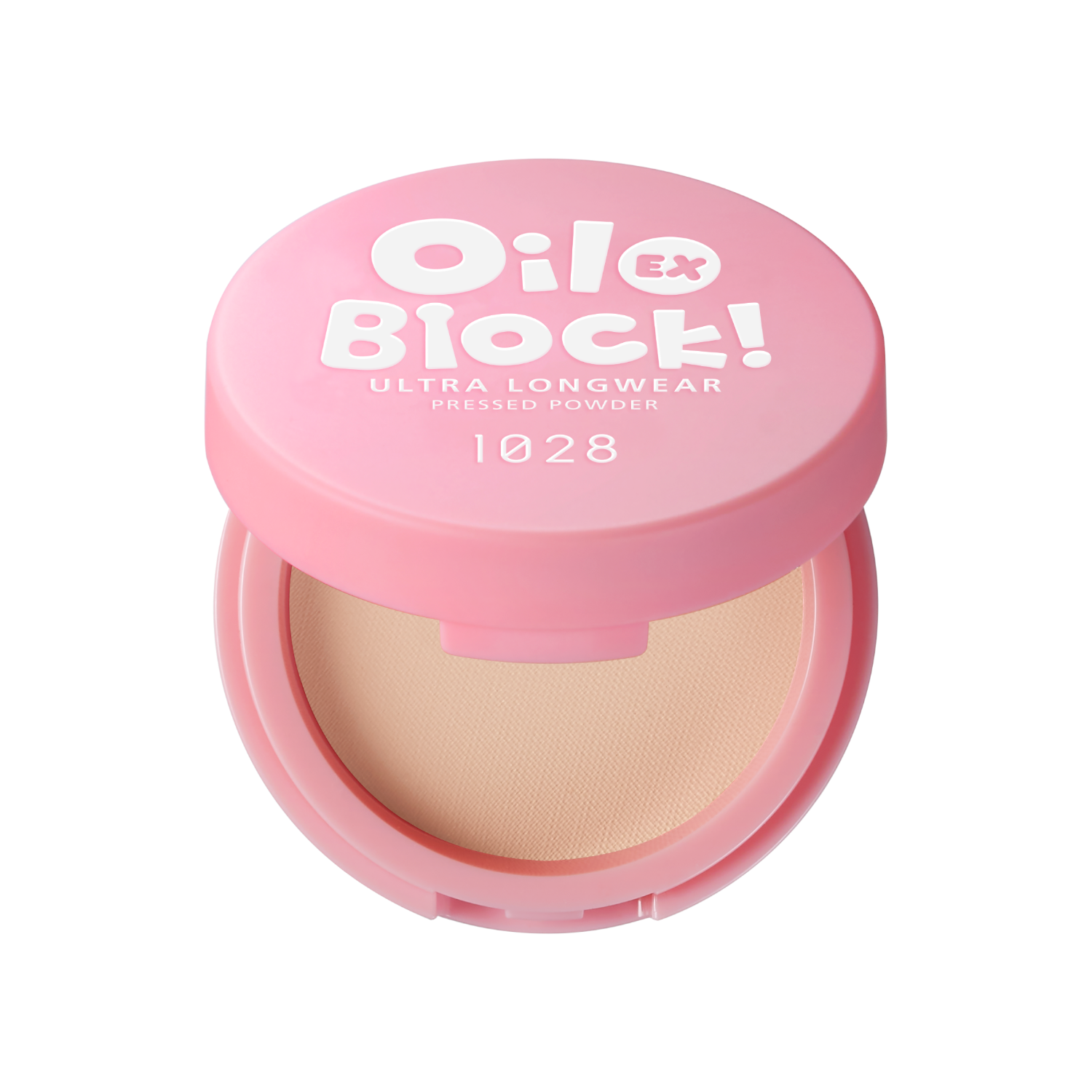
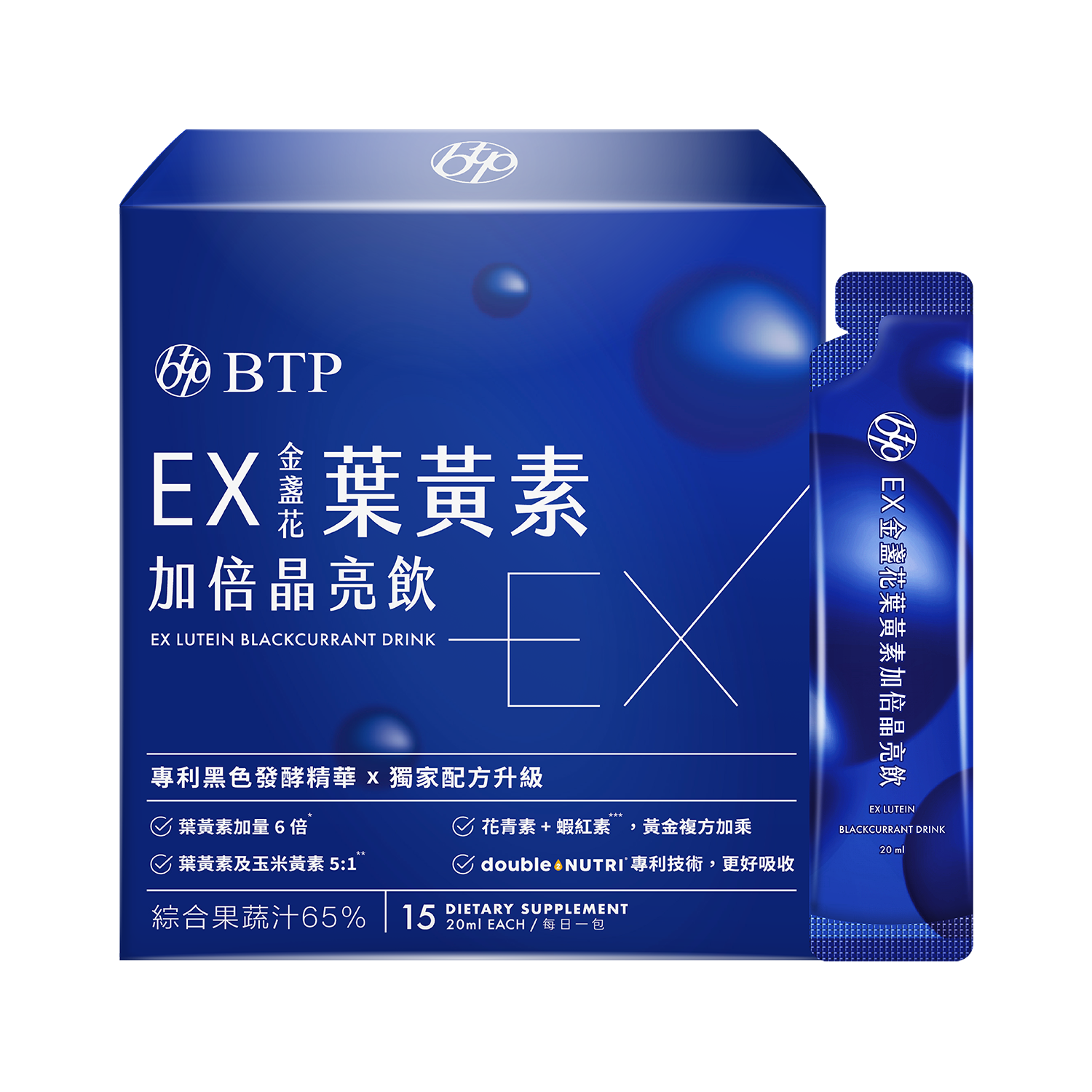
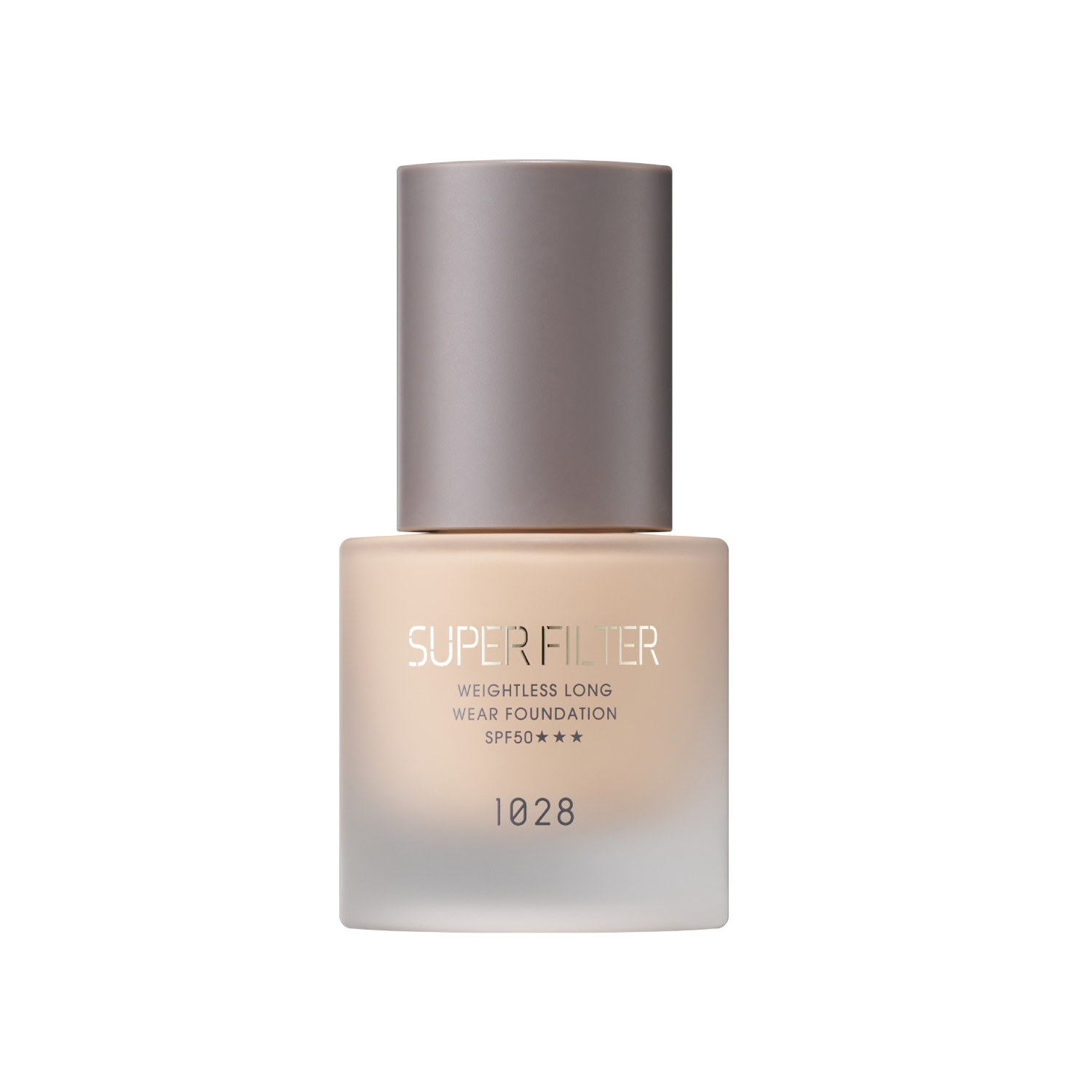






![[訂製家具參訪]《沃隆傢俱》有質感的家,從一張客製化沙發開始,懂選家具的人都指定沃隆:專業客製化沙發&家具,一次解決家的所有空間痛點](https://images.weserv.nl/?url=blogwww.s3.amazonaws.com%2Fuploads%2Fpost%2F12751%2F20251211170703-cover-693a89b7d4f7c.jpeg&w=220&h=124&fit=cover)




